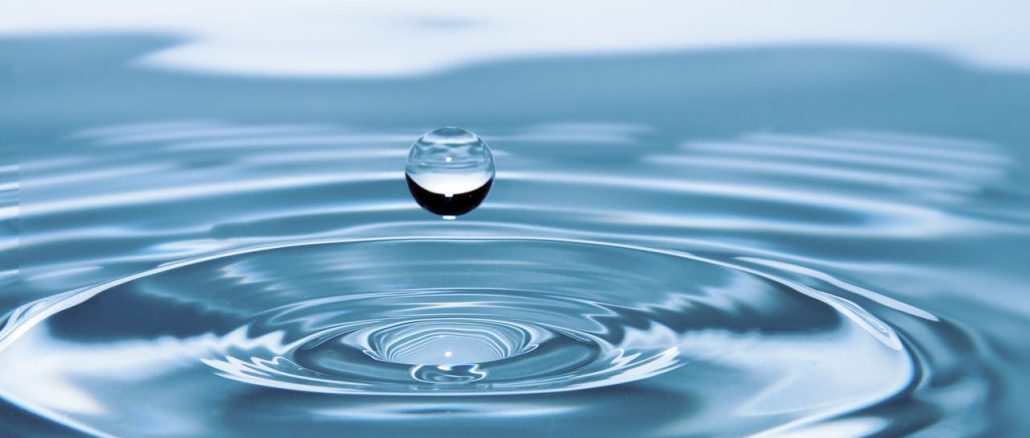
Do you ever wonder about the strange and beautiful sounds that can emanate from water damaged musical instruments? While most view it as a disaster, there is an odd charm and unique music born from these mishaps. Water damage has the uncanny ability to morph and transform our traditional understanding of melodies into something intriguingly different.
The Unintended Sonic Consequences
When instruments suffer water damage, the predictable sound we’ve grown to associate with them suddenly starts to drift away. Instead, you are left with atypical, yet compellingly different audio markers. Battling against the traditional expectation of sound is exactly what these unfortunate incidents lead to.
The intersection of chance and skill in this domain is undeniably complex, stimulating a range of unexpected timbres that enhance the auditory texture. In fact, it’s almost an impromptu work of art in itself – akin to Mother Nature intervening directly in the creation process. Are these sounds still flawed? Or do they represent a new branch of aesthetic beauty in music?
Frequently, water damage may alter the tonality and resonance quite drastically. However, rather than mourning the loss of familiar soundscapes, avant-garde artists and modern composers celebrate these unique variants. If you’re interested in hearing more about water damage experiences, click here.
More often than not, instruments damaged by flooding take on a new life as experimental tools for radical musicians looking to push boundaries. It’s surprising how destruction sometimes gives birth to creation.
Water Damage and Instruments
Water can wreak havoc on all sorts of musical instruments. Internal elements or specific components that are water-sensitive often suffer the most damage – diluting, inflating and distorting them beyond their ordinary physical limits. Orchestral instruments, particularly those made of wood and brass, are more susceptible to the devastating effects of water.
Take the guitar, for example. Water can cause havoc on the wood, affecting both the instrument’s structure and its sound quality. The swelling wood warps the guitar’s body, stretching strings and altering the overall tonality. And yet, ironically enough, this very damage may lead to a distinctively powerful sound once meant to be heard only by daring artists.
In waterlogged drums, the water impedes the vibration of the skin, leading to a duller hit. Even electronic instruments aren’t safe from these watery predators. Moisture can damage electronic components or create unexpected short circuits that result in erratic sounds reminiscent of experimental noise music.
Evidently, water damage can turn any instrument into a pandora’s box of obscure sounds waiting to be explored by courageous musicians.
Rust and Percussion: Unplanned Sounds
Rust naturally occurs in metal musical instruments with prolonged exposure to moisture. While this event is generally regarded as instrument decimation, it does hold a silver lining for some experimental percussionists.
The American Society for Acoustic Ecology (ASAE) has shown keen interest in these altered timbres. In their studies, they discovered that the rust and corrosion on cymbals and bells can produce a hauntingly beautiful grating sound unmatched by any pristine instruments.
The idiosyncratic rhythms derived from rusty equipment possess an oddly captivating allure that resonates well in industrial music genres. They offer a primal resonance transcending traditional auditory experiences.
Consequently, while destruction through rust might be seen as tragic for many musicians, others rejoice at the endless possibilities of unexpected percussive patterns stemming from this mishap.
The Distorted Nature of Water-Affected Strings
Strings and water damage share a bitter relationship. Untuned strings on an old, war-torn guitar supposedly produce unpleasant noises. However, for some musicians, it is these ‘mistakes’ that bring about unexpected forms of sonic attraction.
Harp strings, when mishandled and water-damaged, result in eerie yet enchanting tones that can give a ghostly layer to any composition. Imagine the sound waves from a traditional harp distorted until they feel alien yet not entirely unfamiliar; such is the magic of water distortion in simple string instruments.
Gone are the classical resonances we’ve come to associate with string instruments. In their place are distant echoes of former harmonies now distorted into new symphonies – all thanks to the surreal chameleon that is water damage.
Strangely enough, the deranged harmony brought by waterlogged strings has ushered an undercurrent of experimentation in what many perceive as catastrophic failures to music.
Turning Mishaps into Melodies
Water damage is largely abhorred by most musicians for its detrimental effects on instruments. And of course, experts such as The Water Damage Specialist help restore studios and the like. Yet, the sense of unpredictability lies right at the heart of art and artists.
The stunningly bizarre harmonics and unconventional resonances resulting from waterlogged instruments offer musicians a path less traveled – an opportunity to defy the traditional boundaries of melodic compositions.
- The rusted bells echo uncanny rhythms that inspire industriality.
- The distortion in strings gives birth to spectral harmonics wrapped in mystery.
- Corroded brass wind instruments take on a more organic tonality.
- Drowned pianos morph domestic pitch into experimental soundscapes.
This transformative phenomenon seems to represent a form of musical transgression and evolution. Redefining sonic boundaries and embracing ‘imperfections’ as ripe material for substantial creative output is an exciting development.
Exploring Electronic Effects Simulating Water Damage
In the digital age, sound manipulations are significant components of current music production methods. Artists have been exploring software effects which simulate the ‘water damage’ effect on their compositions.
Preset forms known as “wet” effects are widely used to emulate sounds veering towards experimental or ambient music. This is not very different from electronic excitations created when moisture interferes with circuit-based instruments.
Sounds arising out of artificially replicating such ‘accidents’ prove that embracing chance—as is the case with water damage—can inspire unconventional musical creation. In addition, this phenomenon mirrors how different disciplines react to chaos and unpredictability.
The creative potential born from harnessing adversity is enlightening. The translation of these edgy outcomes into electronic palates deserves acknowledgment for pushing compositional aesthetics into uncharted territories.
Impact of Water Damage on Music Production
Given the unique possibilities birthed from water damage, it’s intriguing to explore how this translates into music production. On one side, producers might deem such instruments unfit for recording due to their apparent irregularities. Yet on the other hand, avant-garde producers may seize this opportunity to expand their sound signatures further.
Water-affected instruments can inject new elements into the audio matrix. Their unusual tonalities can be harnessed as sound effects or ambient backgrounds on tracks. Moreover, these peculiar sounds can have a tremendous impact when used live during performances or immersive installation art pieces.
Interestingly, the music industry has started recognizing and accepting these alternative sounds. Such adventitious sounds have found their way into powerful cinematic soundtracks and niche experimental music genres—paving an exciting future pathway for new sonic explorations.
Of course, not all water-damaged instrument sounds might fit in all scenarios; but when they do, they’re nothing short of extraordinary!
In Sonic Conclusion
In a world that craves perfection, embracing the flaw-filled magnificence shaping sonic arts offers a refreshing perspective. Each bizarre twang emanating from a water-logged guitar or haunting hum escaping a corroded tuba exemplifies the beauty of accidents in creativity.
Indeed, it’s not just about music being written and performed. It’s about an adventurous exploration of unfamiliar harmonic landscapes born from mishaps—each note a testament to the audacity of exploring chaos to create art. Where water damage meets music, there lies a fascinating universe of sonic possibilities.
Photo by Pixabay:




